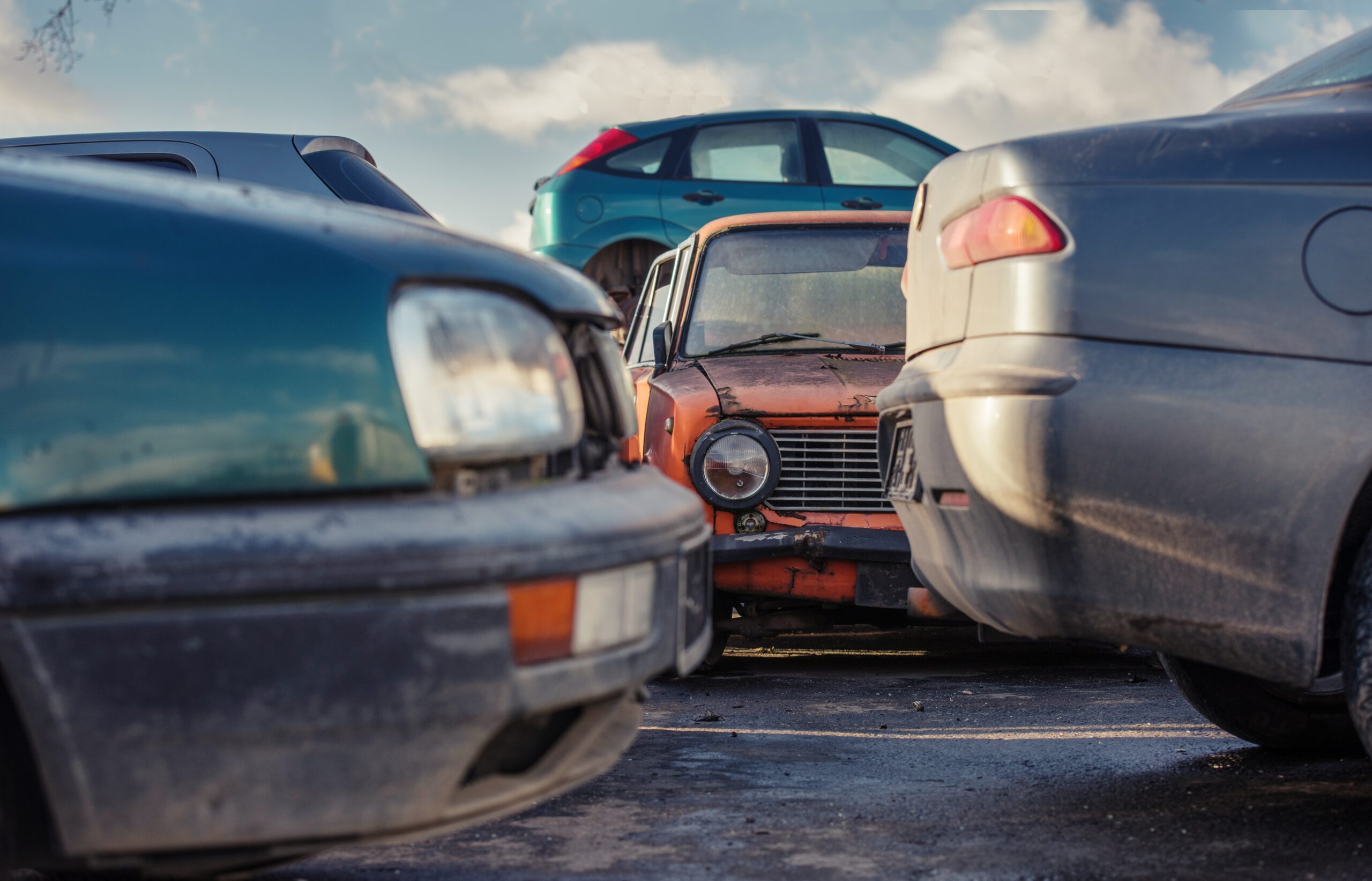Catalytic converters are a big part of lowering our car’s emissions into the atmosphere. That’s why ever since 1981, they have been mandatory on all cars sold in the United States.
Nowadays, catalytic converters last over 10 years but will still need to be replaced at some point. There are many variables that can cause that number of years to go down, such as the engine burning oil or unburned fuel entering the exhaust valve.
Should you do it yourself?
The replacement itself is not hard, but your mechanic might say otherwise. The cost of replacing a catalytic converter can vary depending on if you do it yourself or not. The labor cost of replacement can be up to $200.
The actual costs of a catalytic converter can range from 1000 to 2250 dollars! You will probably be wanting to do it yourself if you are trying to save money, but be careful, as the inside of a catalytic converter can be fragile.
Since the cost of replacing a catalytic converter can be more than your car is worth, you may want to just get rid of it and put the money towards a new car. Using a service such as auto wranglers, you can sell your car whether it runs or not.
Why do catalytic converters need to be replaced?
As stated before, there are many reasons that can lead to the necessary replacement of your converter. Most of those reasons lead up to the main problem that causes the converter to not work quite right. That main problem is the converter being clogged up inside.
There are 2 other main reasons for replacement, the pieces inside can break and then they can’t do their job properly or the pieces inside just wear out and aren’t burning out the harmful emissions.
What is going on inside a catalytic converter?
Catalytic converters are to prevent byproduct from imperfect combustions from coming out the tailpipe of your car. Those byproducts can poison you, suffocate you, and get rid of the ozone layer.
The converter’s insides are mostly ceramic due to ceramic heating up quickly which makes the reaction go better. The ceramic is in a honeycomb pattern to maximize surface area.
Rare metals are what makes the reaction possible. The converter uses rare metals to hold and rip oxygen off of the harmful emissions’ molecules. Then it gives the oxygen to Carbon Monoxide and makes it Carbon Dioxide.
Some catalytic converters use oxygen sensors to let the car know if it is burning enough fuel in the engine and to know if your engine is bringing in enough oxygen to get a proper reaction in the converter.
How does the replacement work?
The replacement of a catalytic converter is quite simple if you get the right kind. The kind you want if you are going to do it yourself, is a bolt-on converter. Unless you have welding equipment, that is the kind you want.
Replacing it goes quite how you would expect. Take the bolts off (use WD-40 as needed), wiggle the converter free, wiggle your new one on, and bolt it in place.







